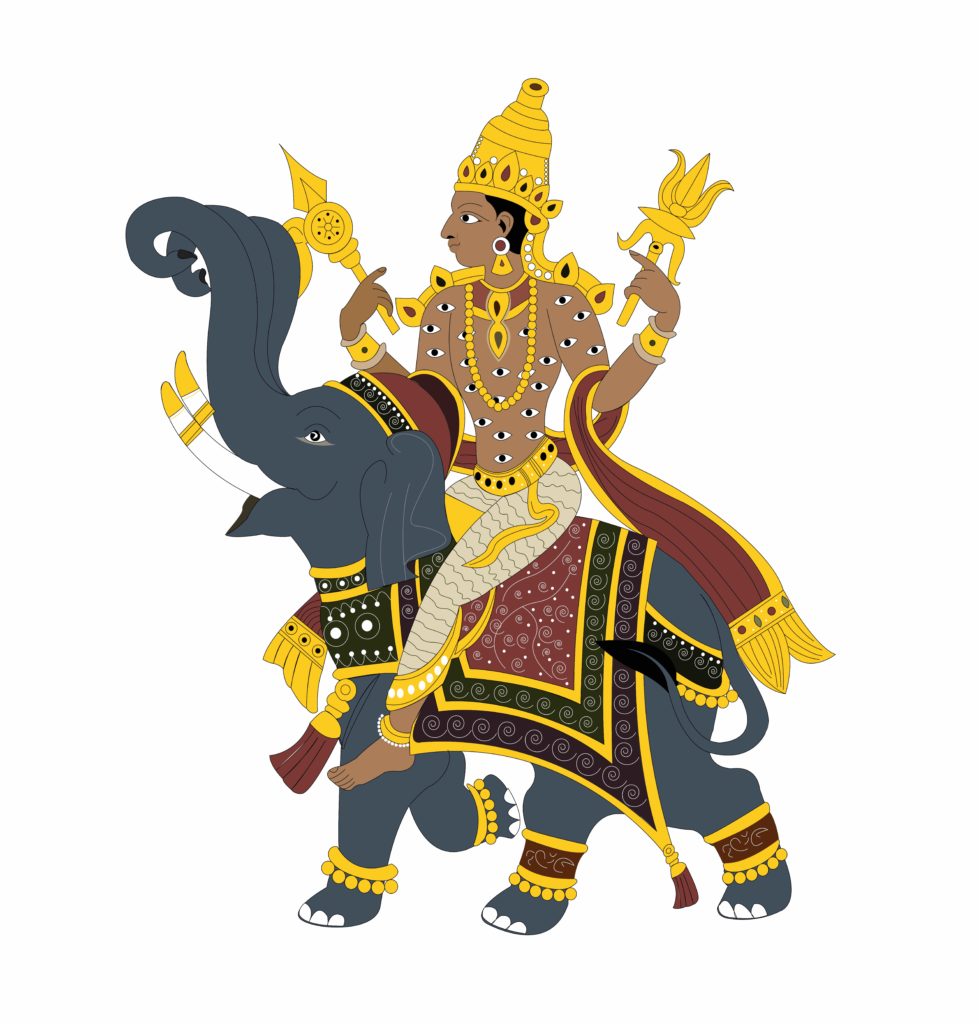
Do supernatural beings dwell among us? We entertain this idea all the time, as proven by television shows like “Good Omens” and “Charmed.” It’s also a concept shared by the world’s faiths, ranging from Shinto to Christianity. In Hinduism, the gods regularly assume human forms called avatars. From prophetic poets to warriors on horseback, these figures are examples of divinity on Earth.
Secret Supernatural Beings
Our ancestors told stories about the gods they revered. Speculation abounds about the historicity of these legends, but many feature otherworldly beings in ordinary guise. Greek deities regularly passed as humans or animals. Japanese folklore mentions the “ijin,” a powerful noncorporeal being who looks like a wandering stranger. Shapeshifting seals feature prominently in Celtic, Germanic, and Chinook mythology.
These are just a few examples, but the idea of supernatural beings in disguise isn’t limited to non-Abrahamic faiths. In the Torah, heavenly messengers in mortal form visited both Abraham and Lot. Islamic texts depict jinn and demons appearing as humans, animals, shadows, or storms. Even one New Testament writer speculated that early Christians could unknowingly show hospitality to disguised angels.
When Is an Avatar Not an Avatar?
You’ve probably heard of an “avatar”–the manifested human form of a Hindu deity. The Encyclopedia Britannica explains that it comes from a Sanskrit term that means “descent.” Yet it doesn’t appear in Hindu texts until the Puranic stories written after the sixth century B.C.E. These works are collections of myths, legends, and folklore about deities, sages, royalty, and events such as the universe’s creation. They’re classified as “smriti”; sacred literature captured from oral traditions.
The word itself may be new, but the avatar concept is at least a few thousand years old. The Rigveda mentions Indra, a storm god and ruler of the skies, who can assume multiple forms. As one of the oldest Hindu religious texts, the Rigveda was probably composed between 1700 and 1100 B.C.E. It documents many of Indra’s exploits, including his Zeus-like infidelities. The Ancient History Encyclopedia discusses Indra’s penchant for disguising himself to seduce others.
The Bhagavad Gita doesn’t use the word “avatar,” but it does explain why Krishna takes on human form. Religion professor Noel Sheth describes the text’s narrative in a January 2002 article in the academic journal Philosophy East and West. Written between 400 and 200 B.C.E., the Bhagavad Gita claims that Krishna incarnates to destroy evil and protect what is good. It uses the Sanskrit word “sambhavāmi” for the act of incarnation, and “mānuṣī tanu” translates as “human body.”
Hinduism’s Incarnate Gods
Several Hindu deities have multiple avatars, including Ganesh, Shiva, Brahma, and Devi. However, Vishnu’s incarnations are the most familiar. The avatar concept developed extensively within Vaishnavism, a branch of Hinduism that reveres Vishnu as a supreme deity. The Bhagavata Purana claims he has at least 22 avatars, but his 10 primary incarnations are collectively called Dashavatara. Patheos blogger Ambaa Choate lists these incarnations: Matsya, Kurma, Varaha, Narasimha, Vamana, Parashurama, Rama, Krishna, Buddha, and Kalki.
Lakshmi, the goddess of wealth and prosperity, also incarnates many times. Since she’s Vishnu’s wife, she sometimes takes a human form as his spouse or consort. In Vishnu’s incarnations as Varaha, Parashuma, Rama, and Buddha, she appears as Bhudevi, Dharini, Sita, and Yashodhara. While she was not his wife during his incarnation as Krishna, she assumed the form of his lover Radha.
Faith, Myth, and Hope
For thousands of years, humans have tried to see what’s beyond the physical world. Civilizations in our distant past believed in unseen divine forces that affected nature and everyday life. Whether helping humanity or fighting evil, avatars are another way these beliefs manifest. Yet they may also prove the existence of a resonant human hope: that we are never alone in the universe.

